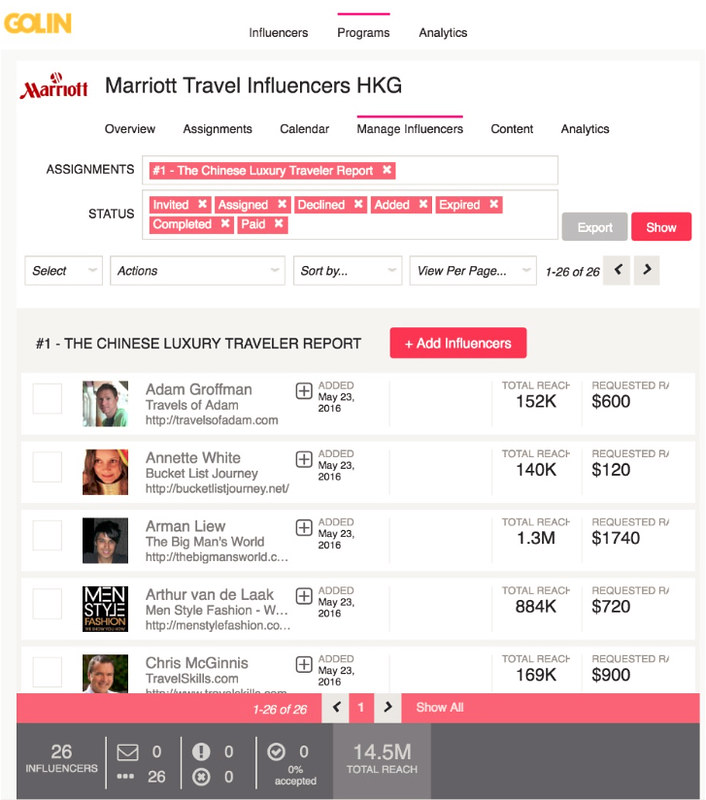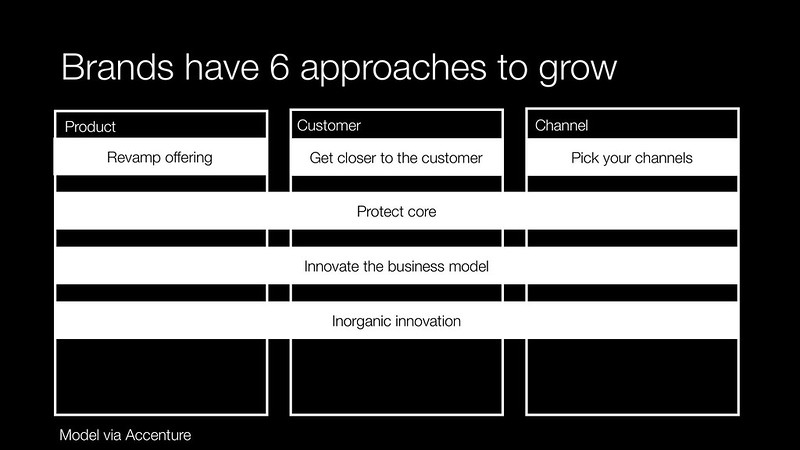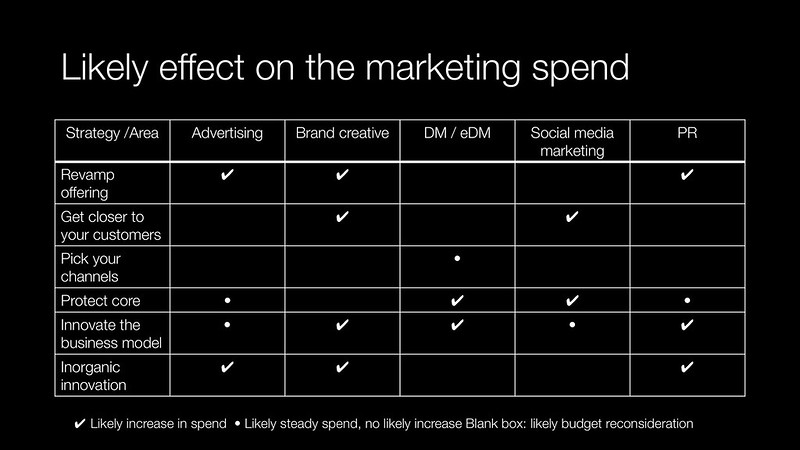Galaxy Note 7
Samsung finally explained what caused the Galaxy Note 7 explosions | Quartz – it sounds like a deeper process issue in design and supply chain management. The impact of the Galaxy Note 7 explosions was huge for Samsung’s reputation.
Consumer behaviour
It’s Generation X, not millennials, who are obsessed with Facebook, Instagram, Snapchat, and Twitter — Quartz – interesting research
Economics
China’s Army of Global Homebuyers Is Suddenly Short on Cash – Bloomberg – pop goes the London housing bubble?
Why the Trans-Pacific Partnership Failed | Slate – good pointers for Brexit and beyond too
Can post-Brexit London survive as Europe’s cultural and financial capital? | The Guardian – it will take a right kicking basically, some sectors much worse than others
Don’t Blame Davos Man for Globalization’s Limits – Bloomberg View – great read
Brexit Effect Drives Tourist Spending in the UK | Business of Fashion – so its temporary
The Geopolitics Of 2017 In 4 Maps | Zero Hedge
Ethics
Professional pay skewed by snobbery (in UK) | FT – government finds that even if you make it as a working class person in a middle class job, you’ll still be paid less
Finance
China warned of risk to banks from One Belt, One Road initiative | FT – no clear commercial imperative
China’s fintech industry shows where the rest of the world is heading | Techinasia – interesting read, though China’s conditions are unique
FMCG
McDonald’s may have a Big Mac ATM, but America has been trying to automate cheeseburgers for more than 50 years — Quartz – robotics disrupting ‘McJobs’
Formula safety still a prime concern of Chinese mums | Campaign Asia – also since grandparents spend a big part in raising the kids, adverts should acknowledge their contribution (paywall)
Innovation
Hitachi Maxell’s LED Lantern Powered by Water, Salt – Nikkei Technology Online – interesting design – Japan has a ‘prepper’ culture due to the earthquakes and tidal waves that happen
Marketing
China Marketers Reveal Digital Challenges For Country’s PR Firms: Study | Holmes Report – Interesting reading; that digital is more important is no surprise; agency relationships dropping from 2.9 years to 2.5 years is a surprise though – shorter than advertising etc. PR is more likely a tactical buy
Three Theories Behind the Global Productivity Slowdown | Naked Capitalism – interesting read, though they are theories only
Not Just A Crock: The Viral Word-Of-Mouth Success Of Instant Pot : The Salt : NPR – expecting to see this as a case study in PR decks moving forward
Media
The Chinese News App with 600 Million Users That You’ve Never Heard Of | MIT Technology Review – Toutiao uses AI to curate headline recommendations
It’s About Free Speech, Says Tech CEO Cashing In On Breitbart Ads – Medium – when mainstream media aren’t making money from online ad dollars, I can understand why Taboola are hanging on in there
The State of Journalism in China—Ed Wong’s Exit Interview | ChinaFile – worth a listen
WeChat Official Account Platform | Grata – great write-up
Mobile eSports | JWT Intelligence – interesting that it has finally moved to mobile platforms
How a football publisher repurposed one event’s worth of video for 4 different platforms – Digiday– really nice laymans guide to video platforms
Republican Lawmakers in Five States Propose Bills to Criminalize Peaceful Protest | The Intercept – Roger Corman’s Death Race 2000 seems eerily prescient
This Team Runs Mark Zuckerberg’s Facebook Page – Bloomberg – interesting blend of personal and business brand
Retailing
Gen Z Likes Shopping In-Store; Seeing Items Encourages Purchases | MarketingCharts – so why are malls dying then?
Security
Americans and Cybersecurity | Pew Research Center – trust in institutions to keep their data safe has plummeted
How WeChat bots are running amok | VentureBeat – black market AI powered bots used on WeChat to build friendship and bilk netizens out of cash
Vincent Canfield’s Blog – It’s been a while – Chaos Communications Congress hacker meets US customs
Software
WeChat’s Hot New Feature Will Be Tricky for Marketers | Digital – AdAge – apps within the app are a new paradigm for marketers
Technology
China’s fintech industry shows where the rest of the world is heading | Techinasia – interesting read, though China’s conditions are unique
Web of no web
Will voice services like Amazon’s Alexa really rise as fast as predicted? | The Drum – interesting op-ed by Rob Blackie. Not as fast as predicted (paywall)
Do You Want Smell-O-Vision for Your VR Porn? Neither Do We But Here It Is | Motherboard – interesting technology, ewwww product
Wireless
Xiaomi’s Plan to Rule the World: Build Every Gadget Imaginable | WIRED – more the vintage Sony or Panasonic model than the Nokia model
Apple’s Full lawsuit against Qualcomm Comes to Light Revealing Secret Licensing Agreements and more – Patently Apple – interesting picking apart of Apple’s claims so it makes sense
Apple Sues Qualcomm for $1 Billion | CNBC – What’s the back story, why now?



